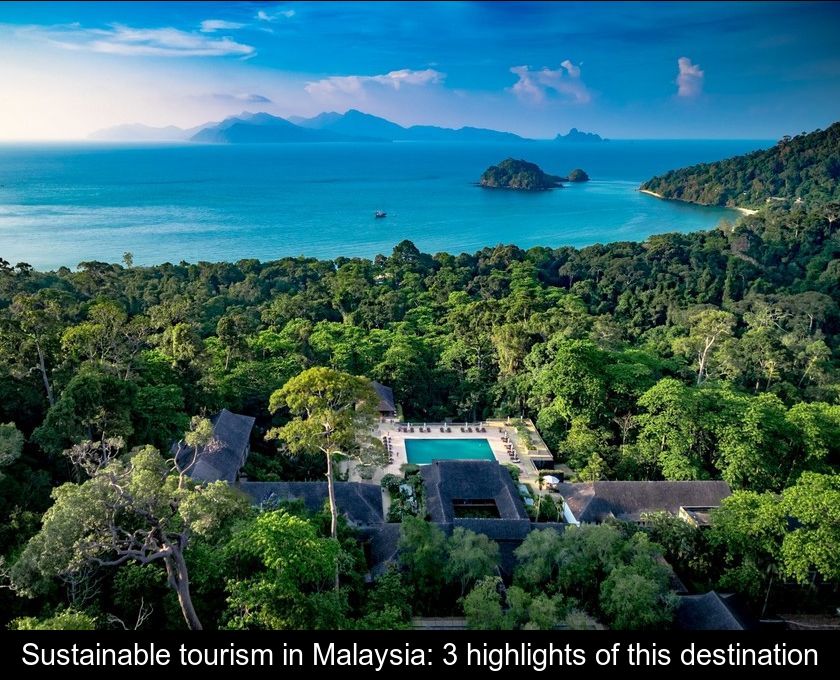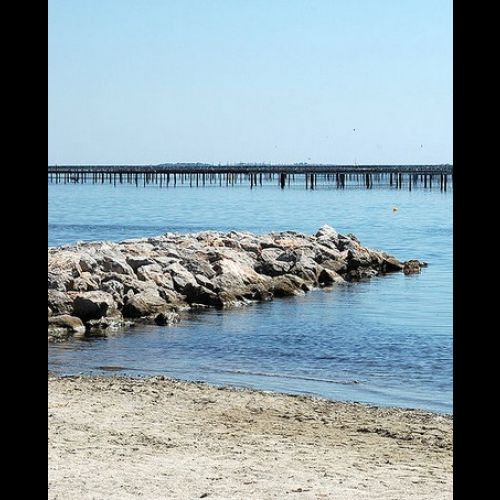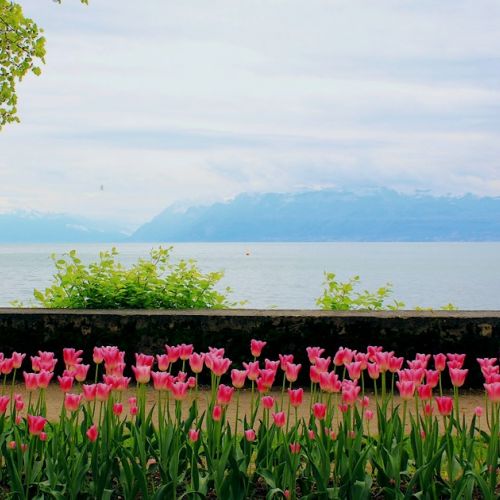Sustainable Tourism In Malaysia: 3 Highlights Of This Destination
Travelers in search of green destinations often think of Norway, Costa Rica, or the Galapagos Islands. But did you know that Malaysia is also full of natural treasures? In this Southeast Asian country, sustainable tourism is booming. We have listed three key highlights that make Malaysia an up-and-coming destination in the ecotourism sector.
1- UNESCO World Heritage sites
If you have decided to discover Malaysia on your next vacation, it would be a shame to only visit modern metropolises like Kuala Lumpur, the capital of the country... This lesser-known destination in Southeast Asia also has breathtaking nature, as evidenced by the natural sites inscribed on the UNESCO World Heritage List.
Out of the four distinguished properties in Malaysia, two sites were inscribed on this list in 2000 for their natural heritage: Gunung Mulu National Park and Kinabalu Park.
Gunung Mulu Park, located in the state of Sarawak, is exceptional for its biodiversity as well as its karst features. It is actually the most studied tropical karst area in the world.
This natural park, dominated by the mountain of the same name, is home to nearly 300 km of caves, over 100 different species of palm trees, and millions of birds and bats. The Sarawak Chamber, a vast cave measuring 600 m by 415 m and 80 m high, is the largest known underground chamber in the world!
Kinabalu Park, on the other hand, is located in the state of Sabah, at the northern tip of the island of Borneo. It is crowned by Mount Kinabalu and its 4095 m altitude. But above all, this park presents a great diversity of habitats, ranging from rich tropical rainforests of the lowlands to montane rainforests and subalpine forests.
This wide range of ecosystems explains why this territory is home to exceptional plant diversity. The local flora includes not only endemic species of Malaysia but also specimens representing the flora of the Himalayas, China, and Australia!
2- A legendary eco-labeled hotel
The exceptional biodiversity of Malaysia is one of the three highlights of this sustainable destination, but it is not the only one. For several years now, tourism and hotel activity have been booming in the country with a focus on sustainable development.
Did you know that this destination is home to a legendary hotel, nestled in the heart of a 10 million-year-old primary rainforest? In addition to its exceptional setting, The Datai Langkawi, voted twice as the world's best hotel by Condé Nast Traveller readers, is also a hotel that is committed to preserving its environment.
The Datai Langkawi was the first hotel in the world to receive the EarthCheck Eco (silver) certificate in 2019. Not only does it harmoniously blend into the surrounding nature, a primary forest and a preserved beach on the Andaman Sea, but it also implements initiatives in sustainability, environmental conservation, and ecotourism.
3- A proactive policy focused on sustainable tourism.
Finally, if Malaysia is a rising destination in the field of ecotourism, it is also thanks to a proactive national policy. The country, which welcomed 7.5 million international tourists in the first half of 2023, relies on its natural heritage to attract an increasing number of visitors.
In a context where travelers are increasingly looking for green destinations and environmentally-friendly stays, Malaysia undoubtedly has multiple assets to offer them unique experiences.
In addition to its natural wonders, the country has a remarkable cultural diversity and historical heritage. You can discover this other facet of Malaysia in the cities of Georgetown and Malacca, which have also been listed as UNESCO World Heritage Sites since 2008.











